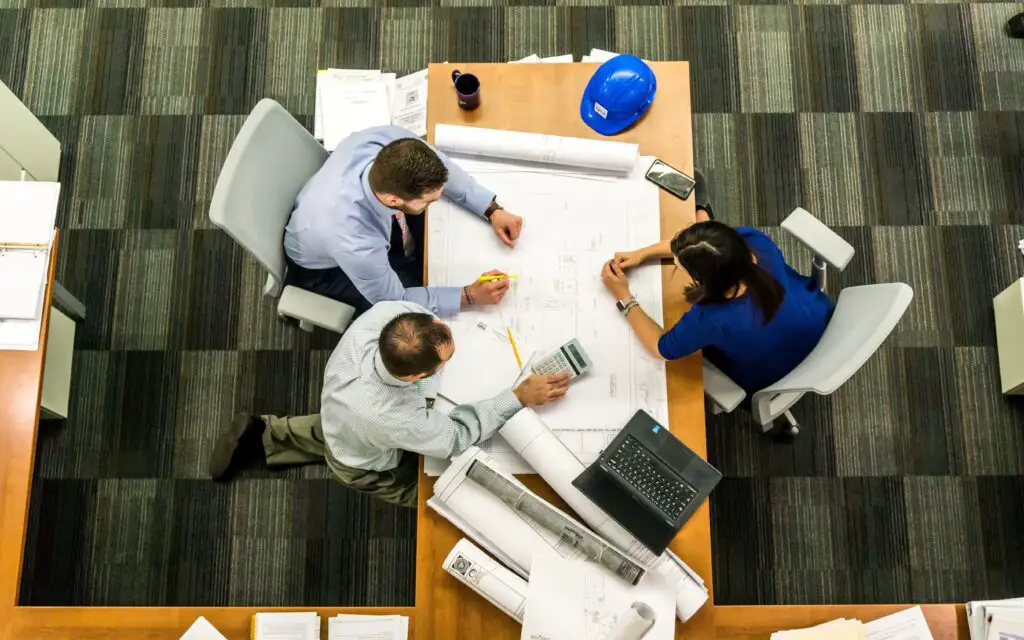The Philippines, an archipelago of over 7,000 islands, boasts a rich cultural heritage, stunning landscapes, and a growing economy.
However, behind the country’s natural beauty and economic potential lie numerous challenges and complexities when it comes to construction.
In this article, we delve into the difficulties of construction in the Philippines, exploring the multifaceted issues that builders and developers encounter.
- Geographic Diversity
The Philippines’ geographical diversity poses a significant challenge to construction. The archipelago is prone to natural disasters, including earthquakes, typhoons, and volcanic eruptions.
These events can cause immense damage to infrastructure, leading to costly delays and reconstruction efforts. The need for resilient and disaster-resistant construction methods and materials is paramount.
- Regulatory Hurdles
Navigating the complex regulatory landscape in the Philippines can be a daunting task for construction companies. Numerous permits and approvals are required at both the local and national levels, leading to bureaucratic red tape and delays.
Often, these regulations are inconsistent, leading to confusion and additional costs for developers.
- Land Ownership Issues
Land ownership disputes are a common problem in the Philippines. Titles are not always clear-cut, and conflicting claims can lead to lengthy legal battles. These disputes can stall construction projects indefinitely, causing financial losses and project setbacks.
- Infrastructure Gaps
Despite economic growth, the Philippines still faces infrastructure gaps. Inadequate transportation networks, limited access to utilities, and unreliable power supply can hinder construction progress. Developers often have to invest heavily in building their infrastructure, adding to the overall project cost.
- Skilled Labor Shortage
While the Philippines has a large labor force, finding skilled construction workers can be a challenge. Many skilled laborers migrate abroad in search of higher-paying jobs, leaving a gap in the local workforce. This shortage can lead to project delays and increased labor costs.
- Environmental Concerns
As environmental awareness grows globally, the construction industry is under increasing scrutiny. In the Philippines, the need to balance development with environmental preservation is a significant challenge.
Ensuring sustainable construction practices and obtaining environmental clearances can be time-consuming and expensive.
- Inadequate Project Management
Effective project management is essential for construction success. However, in the Philippines, project management practices can be lax, leading to inefficiencies, cost overruns, and delays. Improved project management and transparency are necessary to address these issues.
- Corruption
Corruption remains a concern in the Philippines, affecting many sectors, including construction. Bribes and kickbacks can add substantial costs to projects and undermine their quality. Eradicating corruption is crucial for creating a fair and competitive construction environment.
- Economic Volatility
The Philippine economy can be volatile, with factors like political instability and global economic fluctuations affecting construction projects. Financing can become a challenge when interest rates rise or the currency devalues, making long-term planning difficult for developers.
- Cultural and Social Factors
Cultural and social factors can also impact construction projects. Indigenous communities and local populations may resist development due to concerns about displacement, cultural preservation, and environmental impacts.
Engaging with these communities and addressing their concerns is essential for successful construction.
Conclusion
Construction in the Philippines is a complex and challenging endeavor. From natural disasters to regulatory hurdles, land ownership issues to environmental concerns, builders and developers face numerous obstacles.
Addressing these difficulties requires a multifaceted approach involving government reform, improved project management, sustainable practices, and community engagement.
Despite the challenges, the construction industry in the Philippines continues to evolve, driven by the country’s economic potential and the determination of those who aim to build a brighter future.
To see other material construction prices, please see here.
To know other construction guides, tips, and methodology for beginners, veterans, and contractors, please see here.

